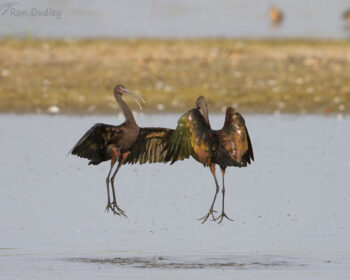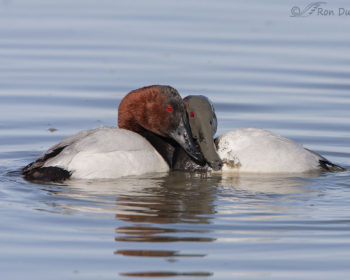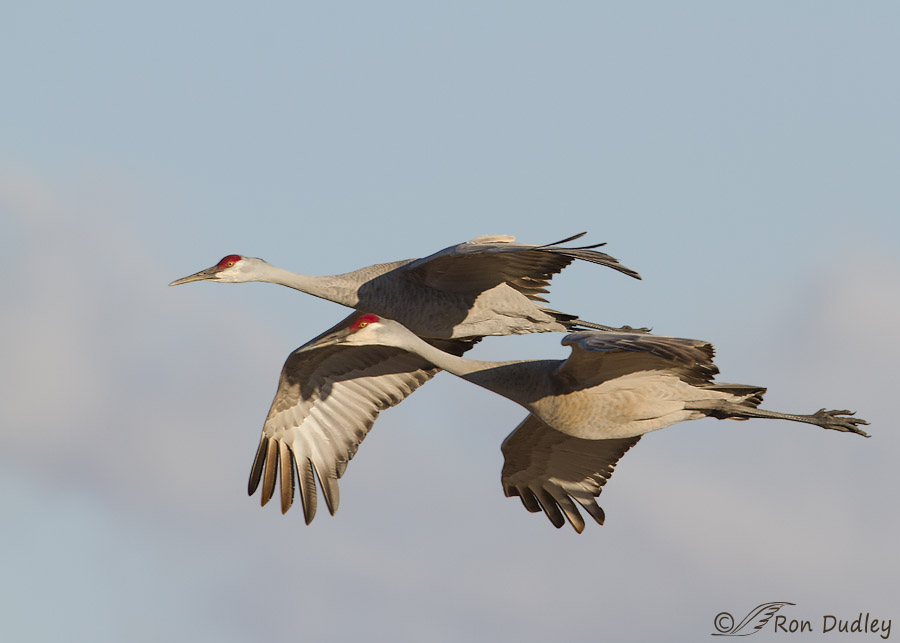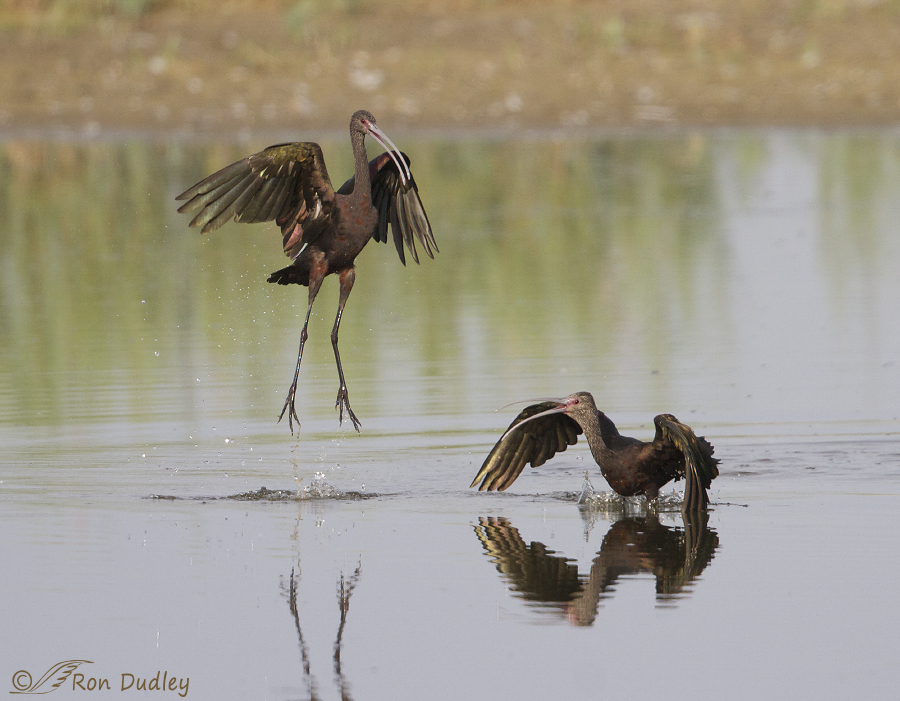Tag: aggression
Canvasbacks – Is It Love Or Is It War?
A Few Sandhill Crane Images I Find Interesting
Fighting White-faced Ibises (11 images)
Western Kingbird Wing Flutter
This morning we decided to get out of our rut a little bit (actually, I tend to like ruts) and look for birds somewhere new so we headed to the high country of Morgan County. We figured it would be a nice respite from the heat, and it was. We saw some beautiful country and quite a few birds, though most of them were a challenge to get close to. One thing really surprised me. I don’t believe I’ve ever seen such high concentrations of Black-headed Grosbeaks and Western Kingbirds anywhere. Both species were picking off bugs along the road and it was a delight to see so many of them. 1/2000, f/6.3, ISO 500, 500 f/4, 1.4 tc This Western Kingbird was performing the “wing flutter” that kingbirds are so well-known for. It’s an aggressive behavior that is usually directed at other kingbirds, as was the case here. I liked the pose and the way the Scrub Oak framed the bird and helped to break up the blue sky background. Ron
Western Grebes – Aggressive Speed Demons
I’ve spent a lot of time over the years watching and photographing the behaviors of Western Grebes and I’ve been impressed by both their aggressive tendencies toward other birds and by their incredible acceleration and speed in “running” across the water at those same birds. In my experience that aggression is most often directed toward other grebes in defense of mates, chicks or feeding areas but they are also aggressive toward a variety of other species and are suspected of stabbing them with their bill from under water. BNA reports Mallards and Red-necked Grebes found dead from stab wounds to the abdomen that were probably administered by Western Grebes. I’ve found photographing them as they dash across the water to be very challenging because of their speed and the unpredictable nature of the behavior – it usually comes with little or no warning and direction is difficult to anticipate. 1/1250, f/6.3, ISO 640, 500 f/4 Though these birds appear slim while sitting on the water, in reality they are fairly chunky and at the end of one of these “runs” their wide body throws up quite a wide wake as they begin to slow down and settle back into the water – much like a speedboat after the engine has been cut. 1/1000, f/6.3, ISO 500, 500 f/4, 1.4 tc This grebe is early in the acceleration stage with its “bow” still raised high. 1/1000, f/6.3, ISO 500, 500 f/4, 1.4 tc And then another wake as it begins to settle into the water. 1/1600, f/6.3, ISO 500,…
Canvasback – Feeding and Fighting Behavior
In April of 2008 I photographed some interesting Canvasback feeding and fighting behaviors at a local pond. At the time I was still a relative novice at bird photography so I’ll say up front that this blog post is more about the behaviors than it is about image quality. The almost white plumage and dark head made for a tricky exposure for a beginner and there was a significant issue with specular highlights caused by reflections off of the shiny mud. Dive, eyes open On this day there was one drake feeding quite close to me and I was very interested in the whole process. He would continually dive down to the muck at the bottom of the pond and come up with his head completely covered in thick dark mud. Sometimes he would dive with his eyes open, like this. Dive, eyes closed And other times he would dive with his eyes closed. Either way, mud and grit in the eyes never seemed to be a problem for him. Ol’ Muddy Head 1 When he would emerge, this is what he would look like. Ol’ Muddy Head 2 And this. It never failed – a true mud facial. Canvasbacks are often referred to as the “aristocrats of ducks” but it’s hard to look very aristocratic with a face full of mud. Shakin’ the mud off Occasionally he would try to shake as much of the mud off as possible but it never seemed to change the look of him…
Northern Harriers Fight to Survive Harsh Winters
Typically life is good for the hundreds of Northern Harriers who spend fall and winter in the marshes and prairies surrounding the Great Salt Lake after spending breeding season up north. Here their diet consists almost exclusively of microtine voles (small rodents resembling mice). These voles are incredibly abundant and relatively easy prey. It’s quite unusual to see a harrier even attempt to catch a songbird or anything else for that matter. Harrier hunting voles near the Great Salt Lake However the easy life takes a major turn for the worse during unusually harsh winters with intense cold and deep snow packs. During these times the voles spend most of their time underground eating roots and dried vegetation which means the primary source of food for harriers is suddenly unavailable just when they most need nourishment for warmth. And since most songbirds (their fall-back food source) have either migrated south or have already succumbed to the many American Kestrels in the region, simple survival for the harriers is suddenly very precarious. Now, out of desperation, harriers begin to go for larger prey – ducks and coots for example. Harrier on a duck kill frozen into the ice They aren’t able to take these prey often and when they do they can’t eat them quickly like they can a vole. The result is intense aggression – fighting fiercely over food. Typically I see very little true aggression(other than territorial squabbles) between harriers but all that changes when food becomes scarce. A relatively large prey item will provide multiple…





